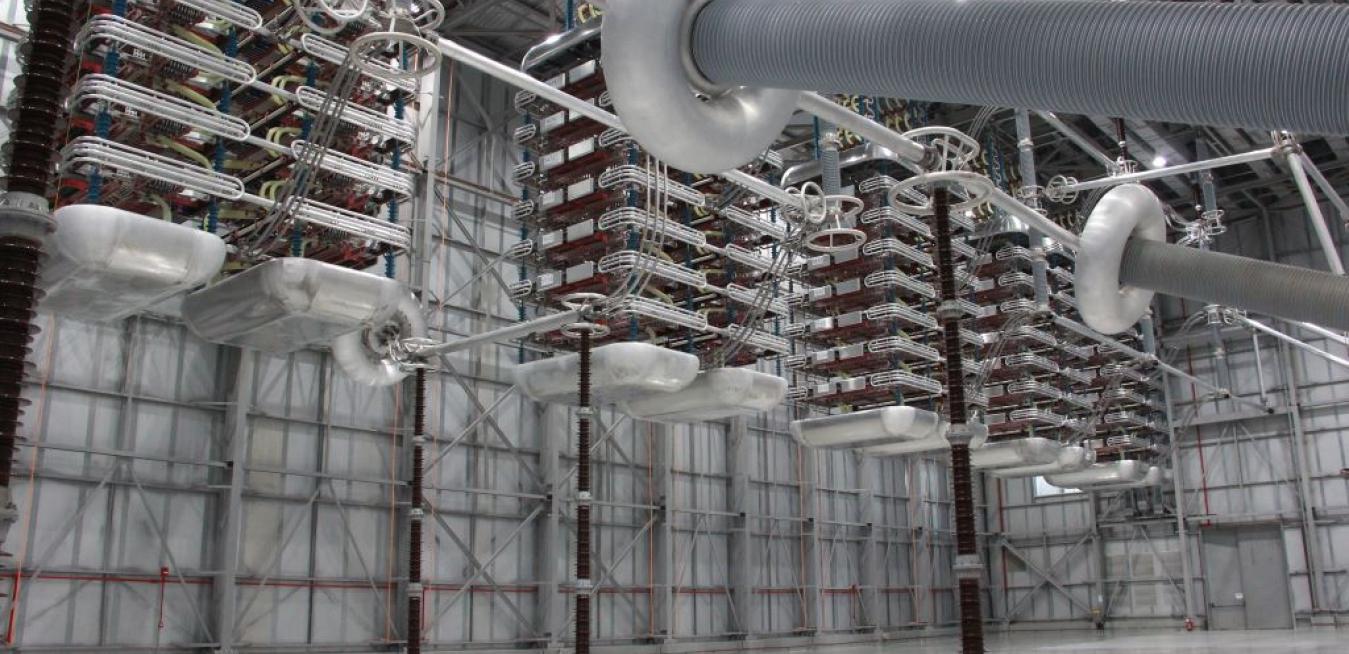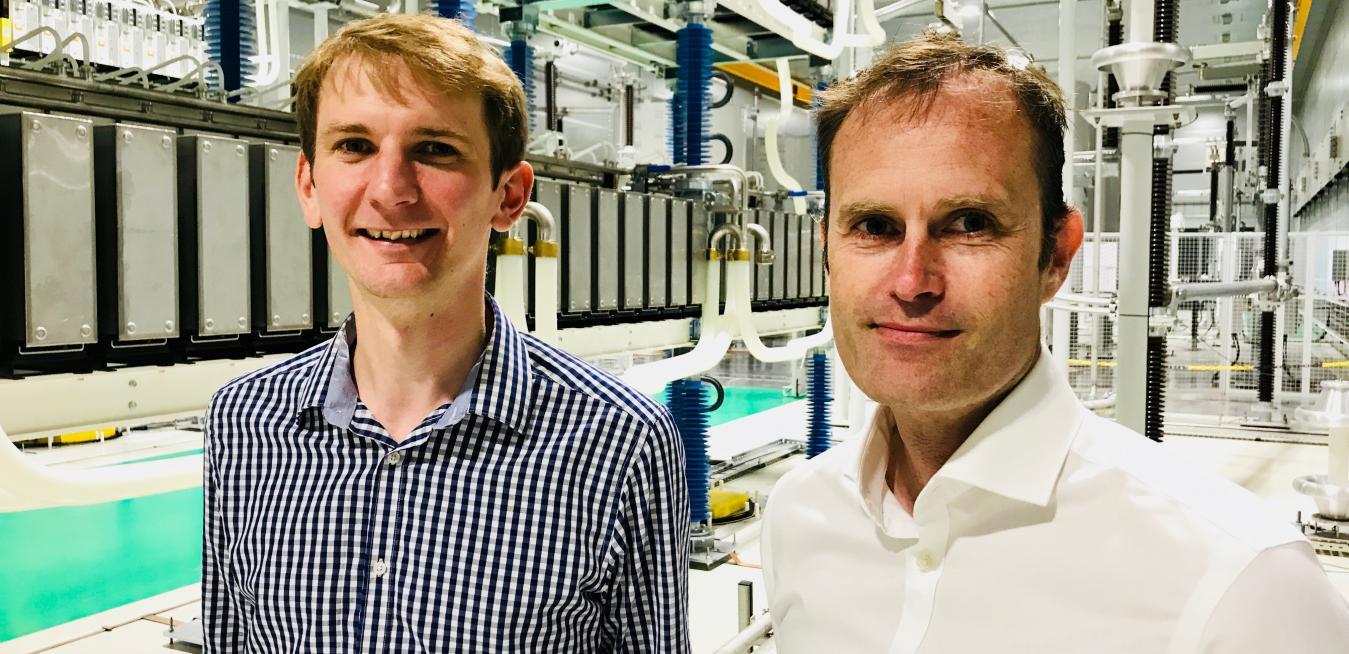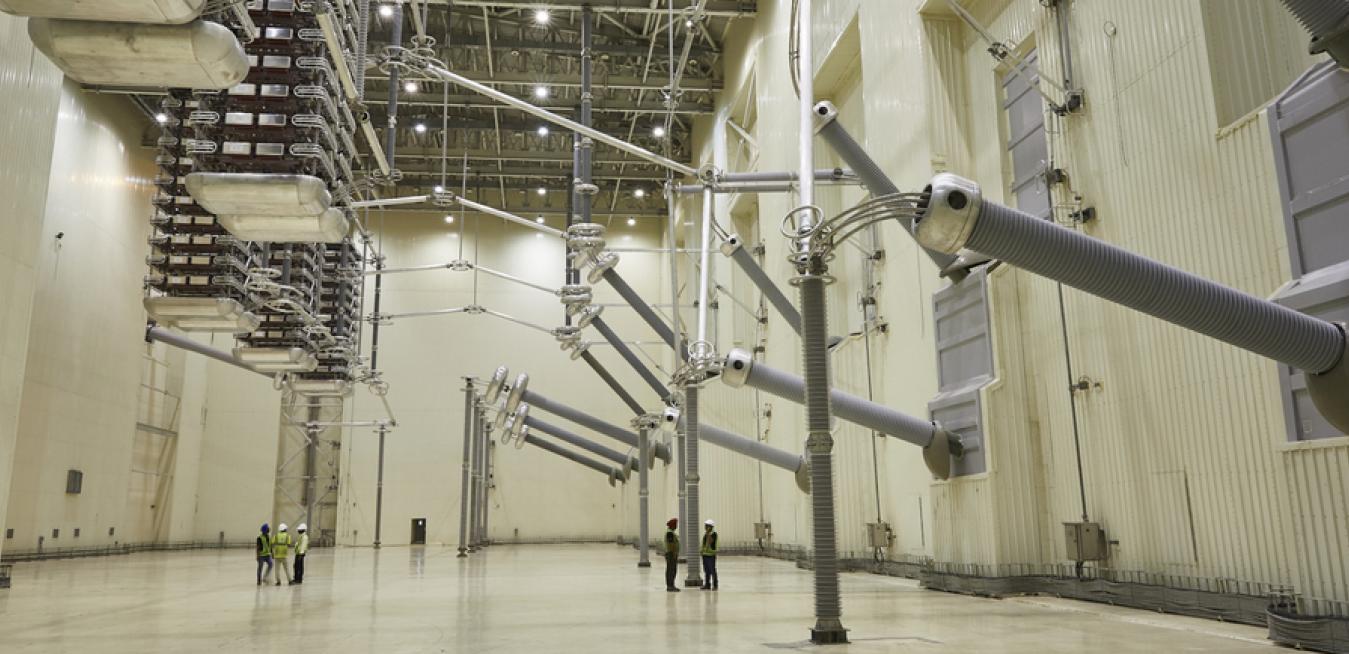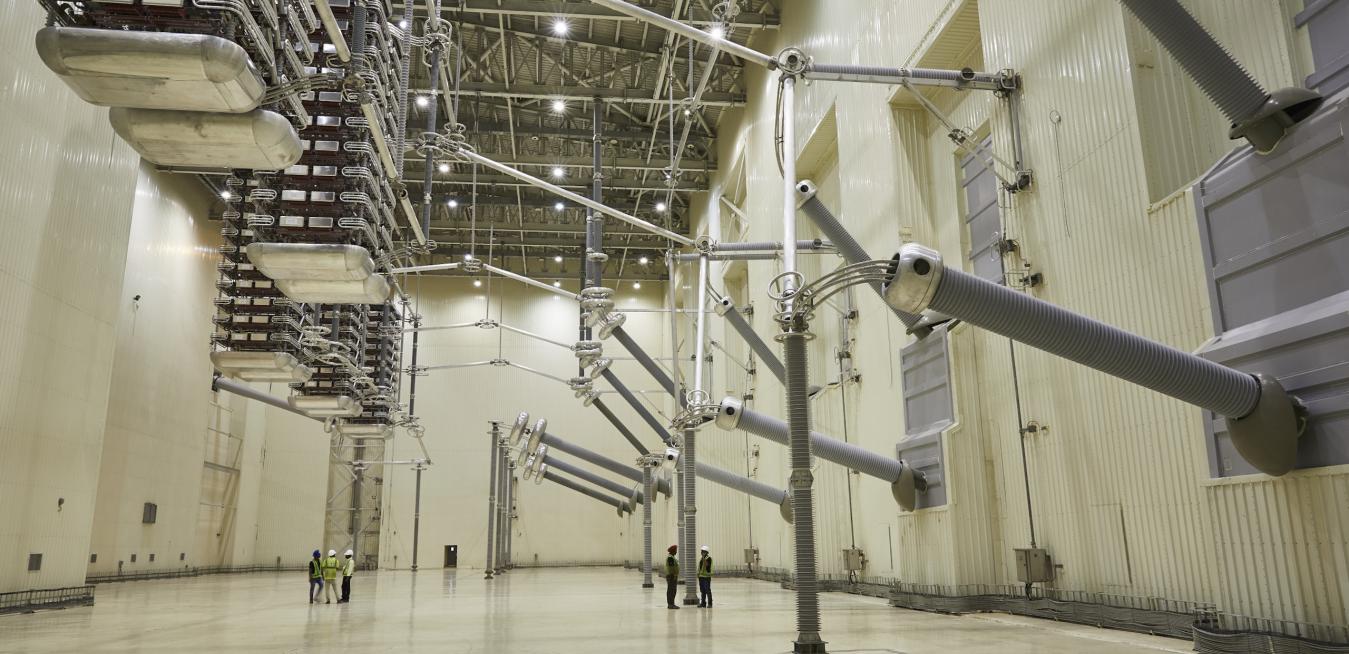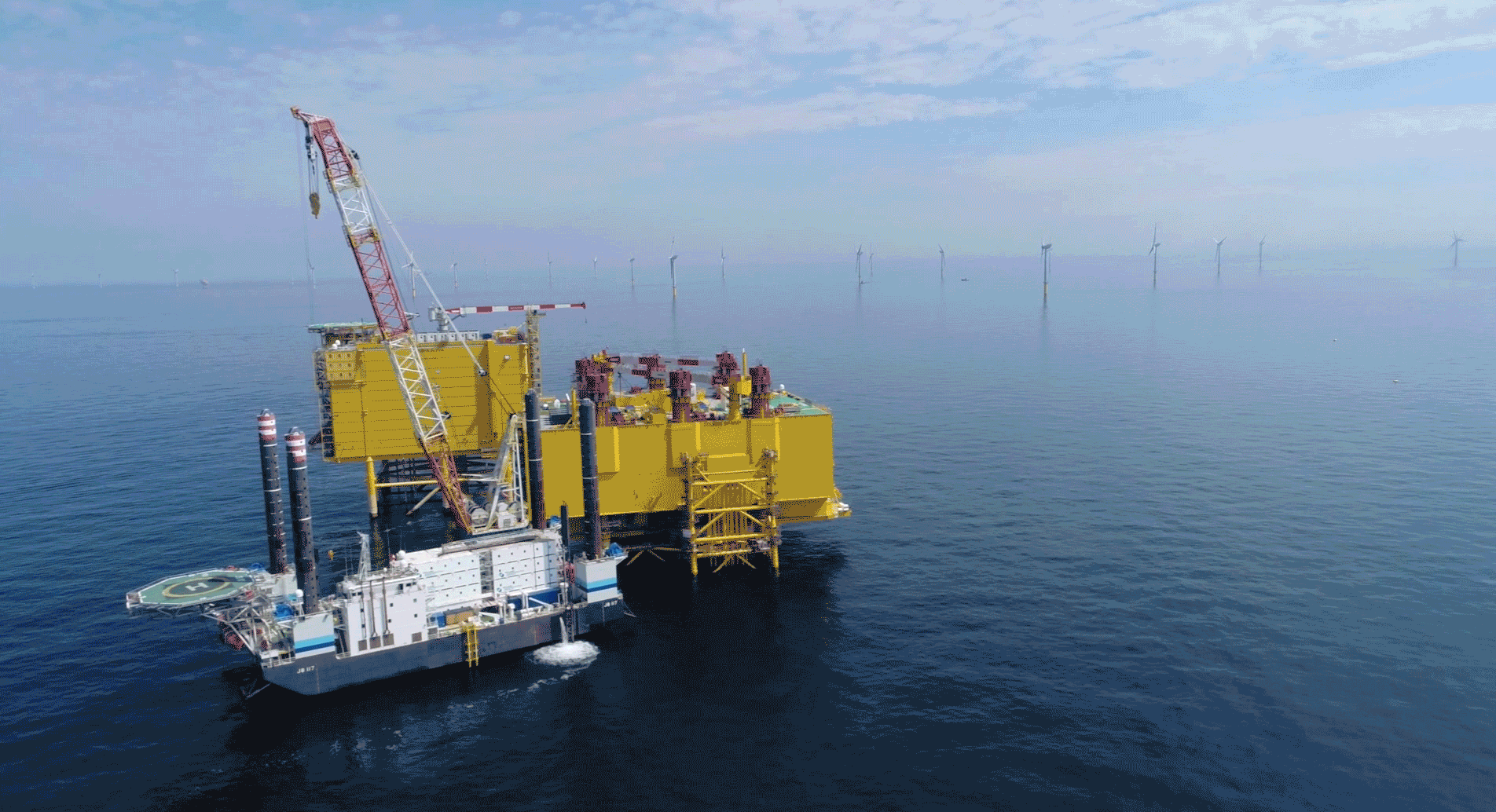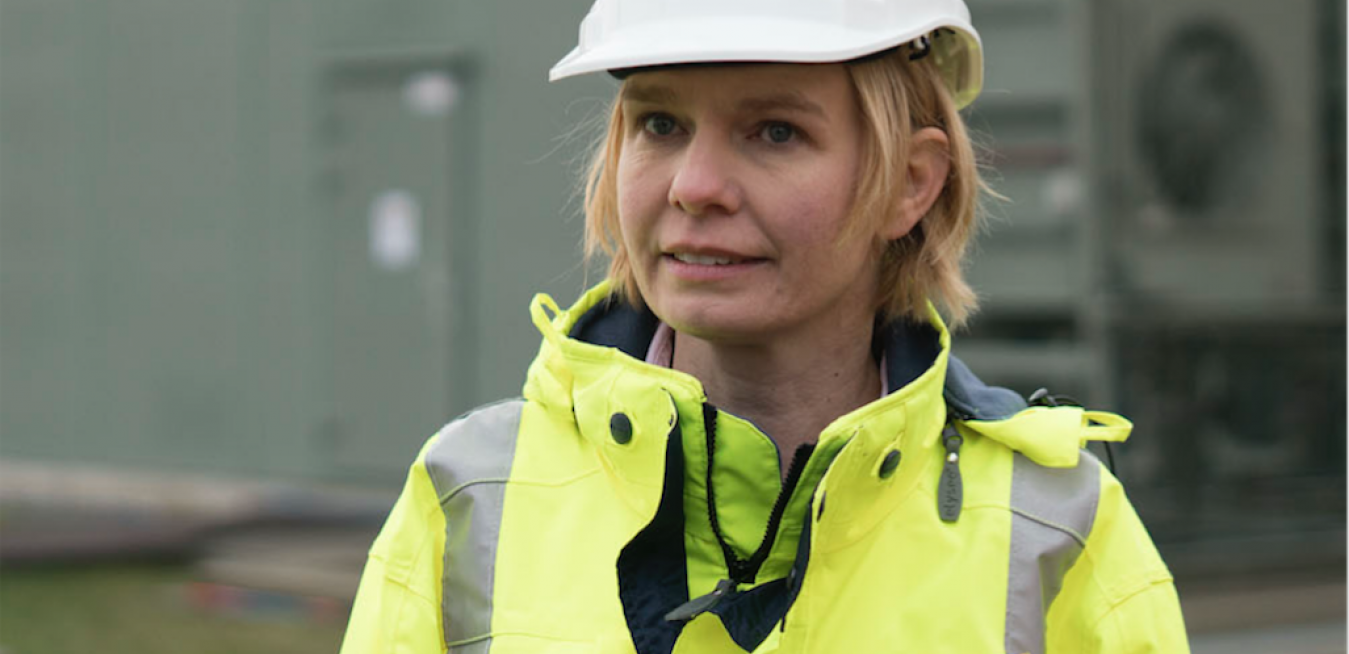Energy will be in the air in Denver this week when 2,000 of the nation’s brightest science and engineering minds, high-powered executives and politicians descend on the city to take on America's most urgent energy problems. A key part of their agenda: harnessing the power of public-private collaboration to drive innovation.
This year’s ARPA-E Energy Innovation Summit will showcase nearly 300 early-stage technologies seeking to improve the grid, boost energy storage, scale carbon sequestration and solve other critical challenges facing the energy sector.
Sitting in the shadow of a 10th-century Saxon castle and surrounded by emerald fields flecked with herds of grazing sheep and cattle, the English Midlands town of Stafford feels far removed from the hustle and bustle of Manchester, a cradle of the Industrial Revolution just an hour to the north.
America’s Great Plains are a windy place. In the 1930s, vast clouds of dust ruined crops and forced thousands to migrate off their farms, inspiring John Steinbeck’s novel “The Grapes of Wrath.” That same persistent and powerful wind is now inspiring a boom in wind turbine farms. Two Texas sites — Roscoe and Horse Hollow — each produce more than 700 megawatts of electrical power, as much as a combined-cycle power plant, and more wind farms are in the offing. But to unlock the wind’s bounty in full, engineers still need to crack a few problems.
There are a number of villages in northern India without reliable access to electricity. If entrepreneurial residents want to start a business, like repairing shoes or selling new farming equipment, they have to do it during daylight hours or by the light of kerosene lamps. And forget about using the internet to take orders, receive payments or order new inventory. Other ways of reaching customers also pose challenges. Without power, the only way to charge a cellphone often involves waiting in line at a solar panel or diesel generator.
